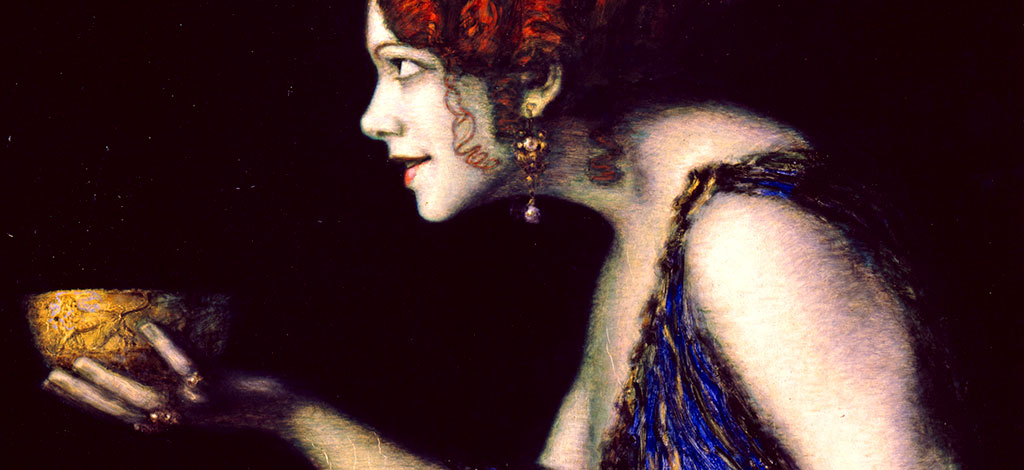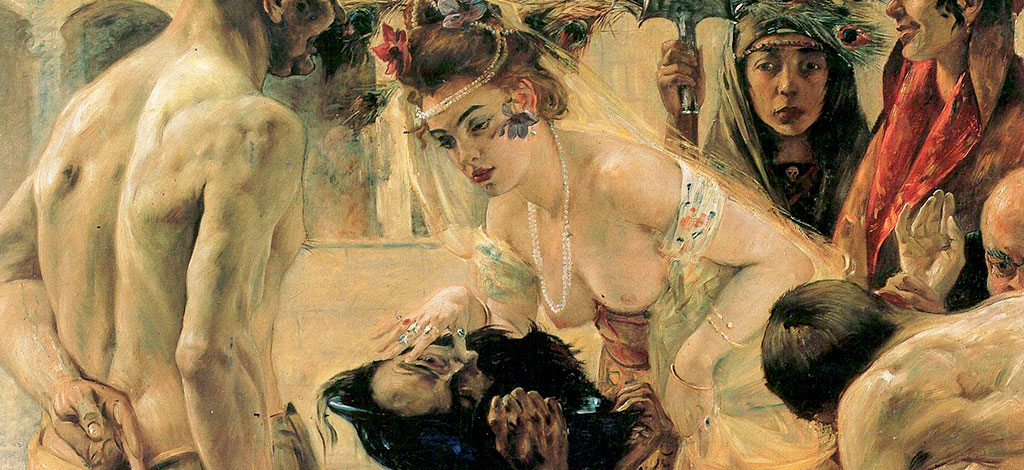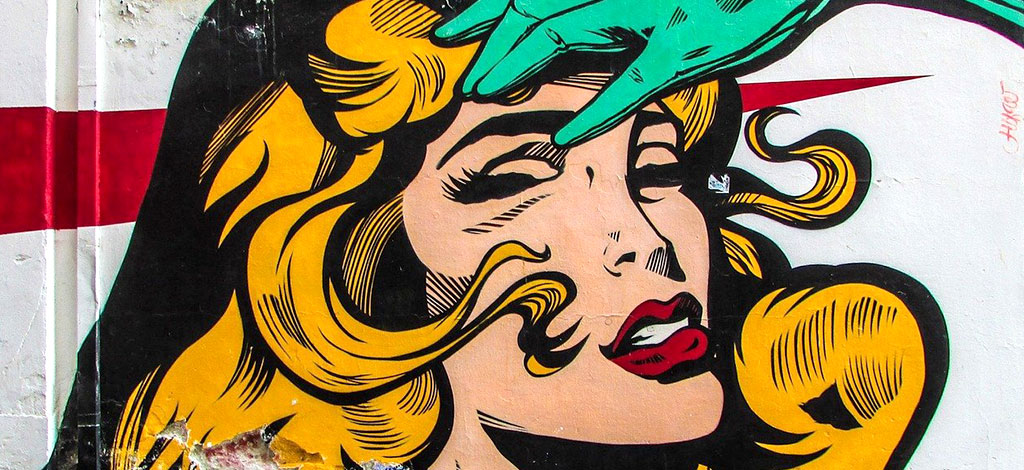Femme Fatale - The nightmare come true
The woman is nude, her scrawny breasts fully on display. She proffers a severed head, serving it up on a silver tray. In the background, swords are swung – a declaration of war. In her Salome, which dates from 1997, Regina Götz reinterprets the femme fatale in art: withdrawn, slender, composed – free of all rigid gender roles. Previously, the femme fatale – a historical myth, an artistic motif, a figure of fantasy – had been depicted on canvas exclusively by men. A century or so earlier, around 1900, Lovis Corinth depicted Salome as a femme fatale in his Salome II: beautiful, full-bosomed, passionate, menacing. She too presented a man’s head while in a state of undress – not an Austrian politician, as in Regina Götz’s image, but instead the biblical figure of John the Baptist. Much has occurred in the century or so since painters began their preoccupation with the femme fatale. With an ominous female who was simultaneously the embodiment of yearned-for rapture and existential danger. And who appeared in the guise of Medusa, the Sphinx, Salome, Judith, and Eve in Paradise. All of them the products of the male imagination. And today? Recent history has demanded its tribute. Women have not only fought their way toward freedom as artists, but as themes on canvas as well. The “femme fatale” is sexy, dangerous, and intimidating. During the 19th century, she was captured on canvas as an exotic seductress, a demonic sphinx, or a feline predator. Beginning with the feminist movement of the 1960s and 1970s, and continuing until the late 1990s, female artists appropriated this artificial persona, inverting and reconceiving it. The myth began to blur around the edges. In the wake of “me too,” women’s quotas, and gender research, the femme fatale has meanwhile conquered real life.



